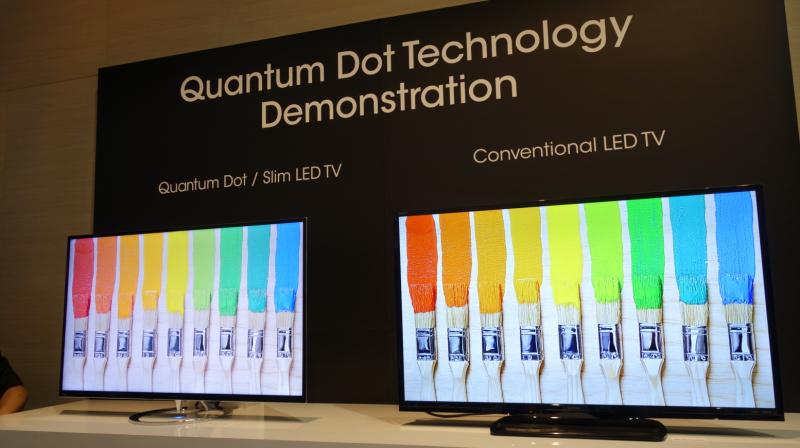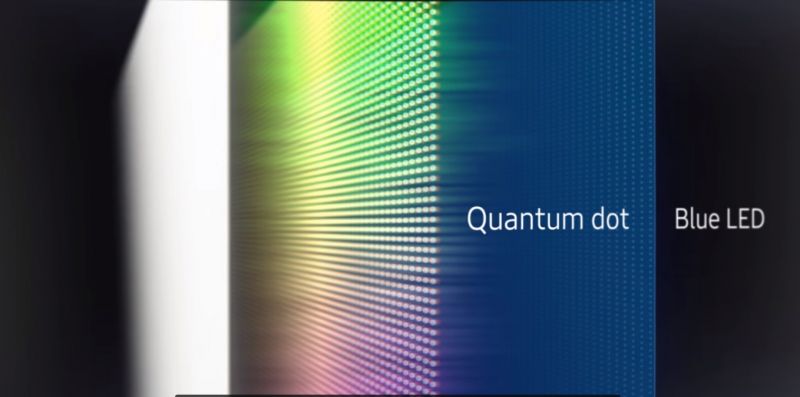What's Quantum Dot doing in the sAMOLED vs LCD showdown?
This new display technology is here to give a challenge to the AMOLED's fan following.

When you are in the market looking for a TV or a mobile phone, you are often exposed to complex terms related to display units like AMOLED, IPC LCD, SUHD and much more. One such term is “Quantum Dot Display” that is said to revolutionise the display technology. Samsung boasts of it to provide massive improvements in colour reproduction and sharpness. The question is – does it?
To understand the basic idea of Quantum Dot Technology, let’s understand the existing popular display technologies on offer. On one hand, we have the LCD technology that is the widely available option on all products with slim displays, i.e. smartphones, tablets, and TVs. The technology uses a thin film containing liquid crystals that can be asked to form an image by deploying a certain amount of electricity through TFT (Thin Film Transistors) modules. A backlight panel is required to make the image visible to the viewer.
As for an AMOLED panel, there is no liquid crystal trickery in place. The panel uses an array of tiny LEDs placed on TFT modules. These LEDs have an organic construction that directly emits light and minimizes the loss of light by eradicating certain filters. Since the LEDs are physically different units, they can be asked to switch on and off as per the requirement of the display. This is known as the Active Matrix system. Hence, an Active Matrix Organic Light Emitting Diode (AMOLED) display can produce deeper blacks by switching off individual LED pixels, resulting in high contrast pictures.
So, how complex is Quantum Dot (QD)? To put it in simple words, it employs certain types of nanocrystals that can emit light based on the diameter of each particle. The diameter of the particles varies from 3 to 7 nanometers. The smaller particles emit blue light whereas larger particles emit red light. The particles emit light only when a blue LED backlight is provided. The filtered light from the QD panel is then transferred to a standard LCD panel, which then produces the final picture on the screen.
The benefit of using Quantum Dot technology is that the reproduction of the white light is “whiter” compared to conventional LED screens. If the white light is close to the actual shade of white, then the colours produced are very accurate. You can also see up to 64 times more colour on the screens than other available display types.
The Quantum Dot screens are basically an upgrade to the tried and tested LCD technology, which results in lower prices for the final products. It still loses out to AMOLED in terms of colour contrast but is free of problems like pixel burn-in and a shorter life. And, it is cheaper, which means a quick adoption among the masses, post its dead hype.


